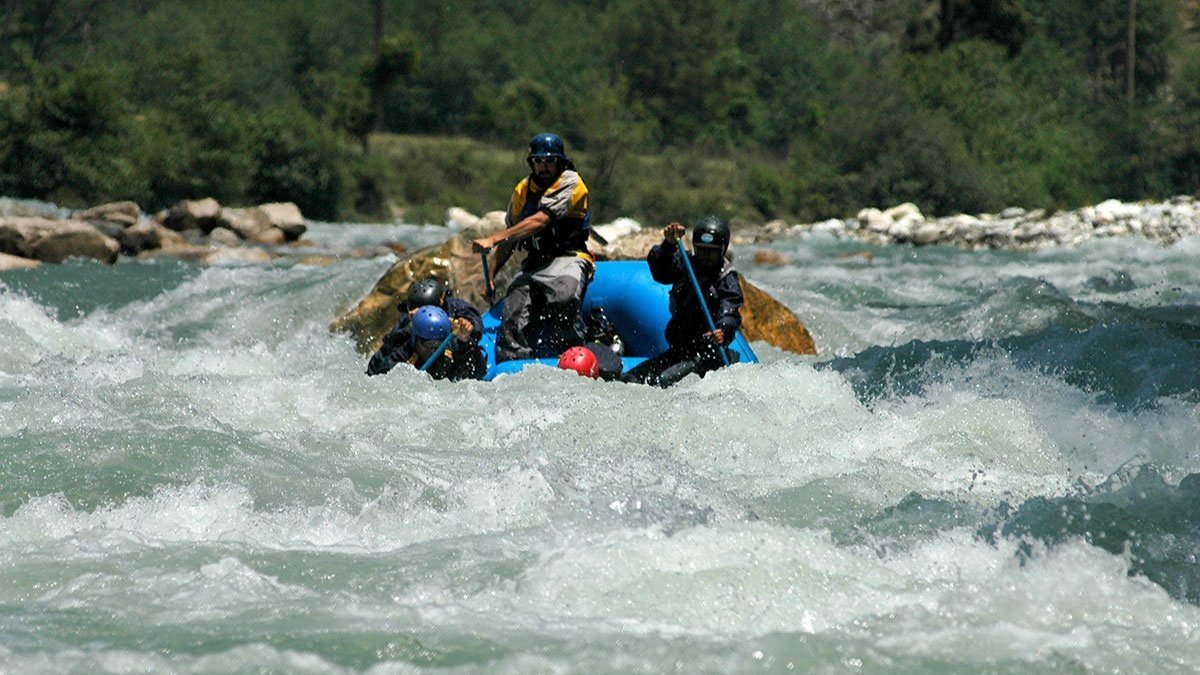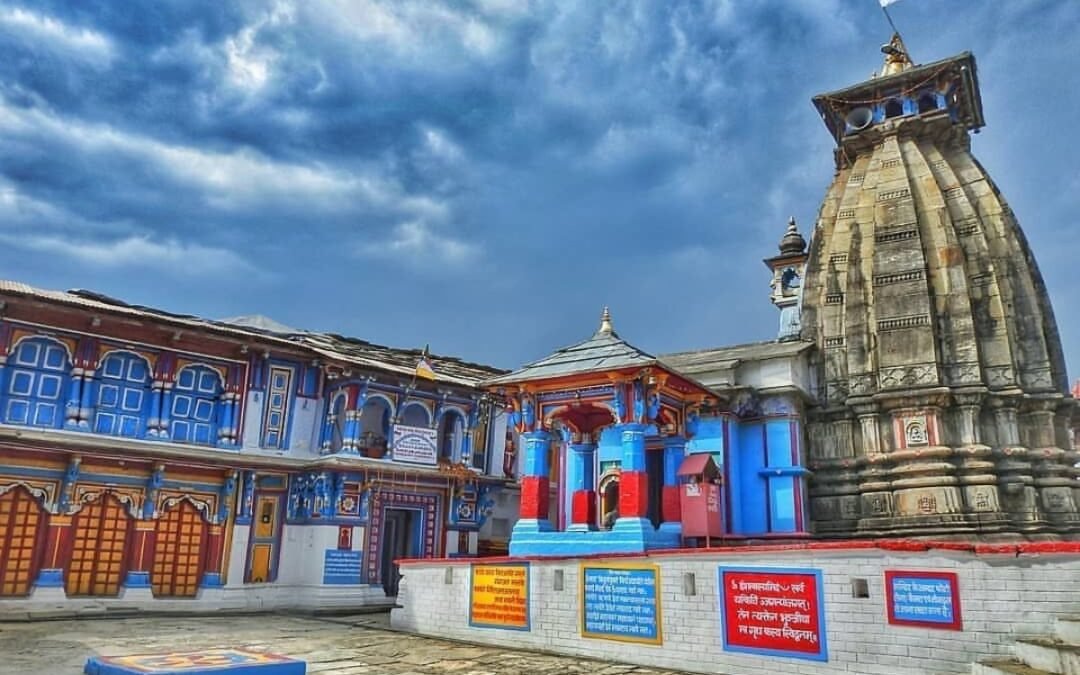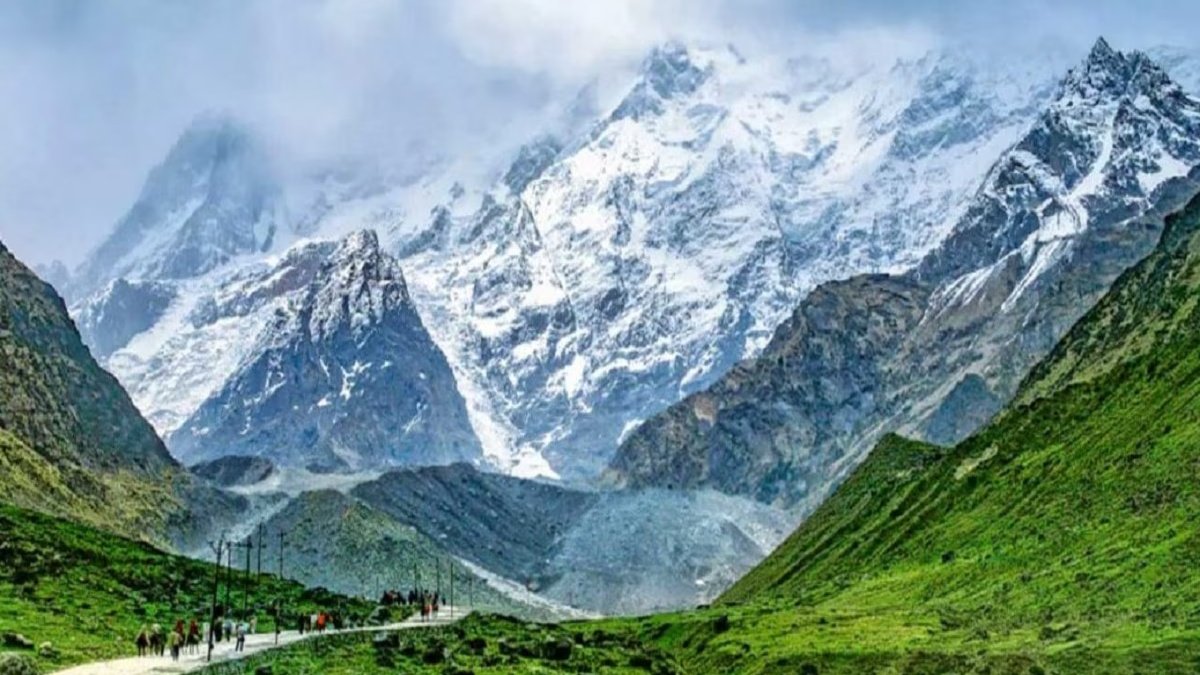The Kedarkantha Trek in Uttarakhand is a popular choice for trekkers, both beginners and experienced, for several reasons:
- Scenic Beauty: The trek offers stunning views of the Himalayan peaks, including Swargarohini, Bandarpoonch, and Kala Nag. You’ll also trek through meadows, forests, and past serene lakes like Juda Tal.
- Suitable for Beginners: The trails are well-maintained and the ascents are gradual, making it manageable for those new to trekking. The moderate difficulty level also makes it a good choice for those looking for a challenge that isn’t overwhelming.
- Winter Wonderland: In the winter, the landscape transforms into a magical winter wonderland. The snow-covered trails and peaks create a breathtaking panorama.
Kedarkantha Trek is Your Gateway to Himalayan Trekking
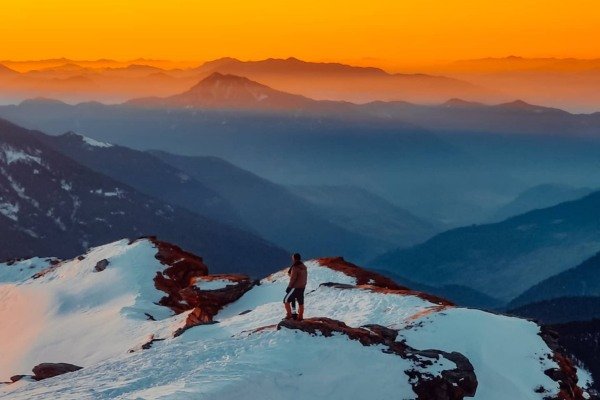
Here’s a quick glimpse of what you can expect on the Kedarkantha Trek:
- Duration: The trek typically takes 6 days, though some variations may exist depending on the itinerary.
- Route: The trek usually starts from Sankri village and takes you through Govind Pashu Vihar National Park. Over the course of the trek, you’ll camp at Juda Tal, Kedarkantha Base Camp (Loharqu bugyal), and Hargaon.
- Summit Day: The highlight of the trek is reaching the Kedarkantha peak at an altitude of 12,500 ft. The views from the summit are truly panoramic and worth the effort.
Day-by-Day Breakdown of Kedarkantha Trek:
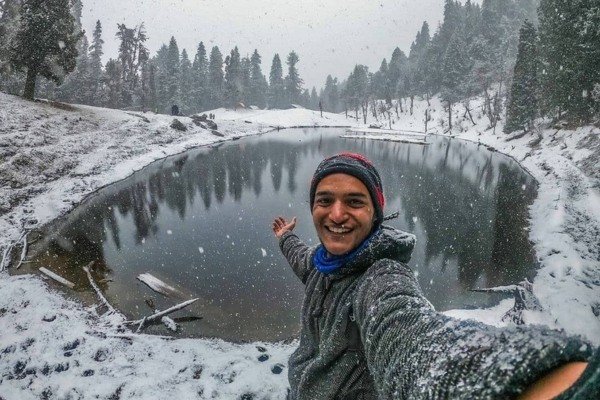
- Day 1 & 2: The journey begins with a scenic drive from Dehradun to Sankri village, nestled amidst captivating mountains. Sankri serves as your base, where you can explore the local culture and get prepped for the trek. Day 2 involves a moderate hike to Juda Tal, a beautiful alpine lake surrounded by pine forests.
- Day 3: Brace yourself for a steeper climb as you ascend from Juda Tal to Kedarkantha Base Camp (Loharqu bugyal). The landscape transitions from dense forests to meadows, offering glimpses of the snow-capped peaks ahead. Loharqu bugyal is a vast meadow carpeted with wildflowers in summer and blanketed in snow during winter, making for a picturesque campsite.
- Day 4: Conquer the summit! This is the most challenging day as you embark on a pre-dawn hike to the Kedarkantha peak. The initial path may involve some snow and require crampons for traction. The final push to the summit is a rewarding one, offering a breathtaking 360-degree panorama of the surrounding Himalayan giants like Swargarohini, Bandarpoonch, and Kala Nag. After celebrating your achievement, descend to Hargaon camp for rest and a hearty meal.
- Day 5: Enjoy a leisurely descent from Hargaon back to Sankri village. Take in the scenic beauty of the valley and relish the sense of accomplishment.
- Day 6: Bid farewell to the Himalayas with a return drive to Dehradun.
Challenges and Considerations:

- Altitude: While the trek is considered beginner-friendly, altitude sickness can still be a concern. Be sure to properly acclimatize at Sankri and ascend gradually to avoid altitude-related issues.
- Weather: Mountain weather can be unpredictable. Be prepared for variations in temperature, rain, and snow. Pack proper gear, including thermals, waterproof layers, and sturdy hiking boots.
- Stamina: The trails can be long and require endurance. Regular exercise beforehand will help you manage the climbs and long walks with ease.
Planning Your Trek:
- Permits: You’ll need permits to enter Govind Pashu Vihar National Park. These can be obtained through forest offices or by booking with a trekking company.
- Guide or Independent Trek: For beginners, opting for a guided trek is recommended. Experienced trekkers can choose to go independently with proper planning and knowledge of the route.
- Equipment: Proper gear is crucial. Invest in a good backpack, sleeping bag rated for cold temperatures, trekking poles, and a headlamp.
Enhancing the Experience:

- Camping under the Stars: Enjoy the serenity of camping amidst the mountains. Stargazing at night can be a truly magical experience.
- Local Delicacies: Savor the local cuisine in Sankri village. Simple yet delicious dishes like rajma chawal (kidney beans with rice) and aloo gobhi (potatoes and cauliflower) will fuel your trek.
- Respecting the Environment: Practice responsible tourism by leaving no trace behind. Pack out all your waste and avoid disturbing the fragile mountain ecosystem.
If you’re considering the Kedarkantha Trek, here are some additional things to keep in mind:
- Season: The trek can be done year-round, but the winter season (December to February) offers the quintessential snowy experience.
- Cost: Budget around INR 15,000 per person. This can vary depending on the trekking company, inclusions, and the time of year.
- Fitness: While the trek is suitable for beginners, a good level of physical fitness is still important. Regular exercise leading up to the trek will help you prepare for the ascents and long walks.
Conclusion:
Overall, the Kedarkantha Trek is a fantastic option for those seeking a beautiful and rewarding trek in the Indian Himalayas. The Kedarkantha Trek offers a perfect blend of scenic beauty, manageable challenge, and cultural immersion. With careful planning and preparation, this trek can be a truly unforgettable adventure. With its stunning scenery, achievable challenge, and accessibility for beginners, it’s no wonder it’s become so popular.
FAQs on Kedarkantha Trek
The trek can be done year-round, but the winter season (December to February) offers the classic snowy experience. Shoulder seasons (April-May, September-October) provide pleasant weather with fewer crowds.
The Kedarkantha peak is 12,500 feet tall. Be sure to properly acclimatize to avoid altitude-related issues.
Budget around INR 15,000 per person. This can vary depending on the trekking company, inclusions, and the time of year.
Yes, you’ll need permits to enter Govind Pashu Vihar National Park. These can be obtained through forest offices or by booking with a trekking company.
For beginners, opting for a guided trek is recommended. Experienced trekkers can choose to go independently with proper planning and knowledge of the route.
Altitude sickness, unpredictable mountain weather, and long trails requiring stamina are some potential challenges.


